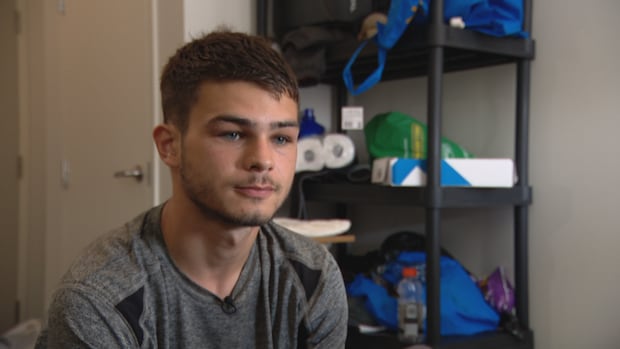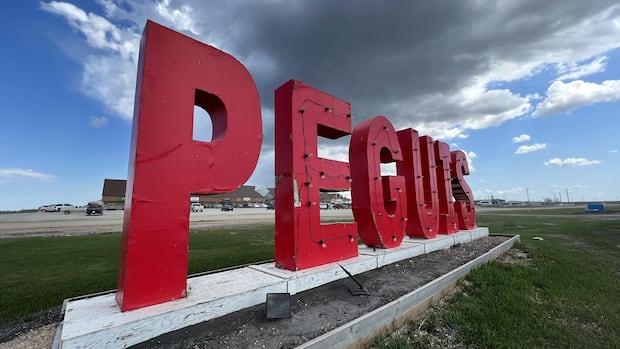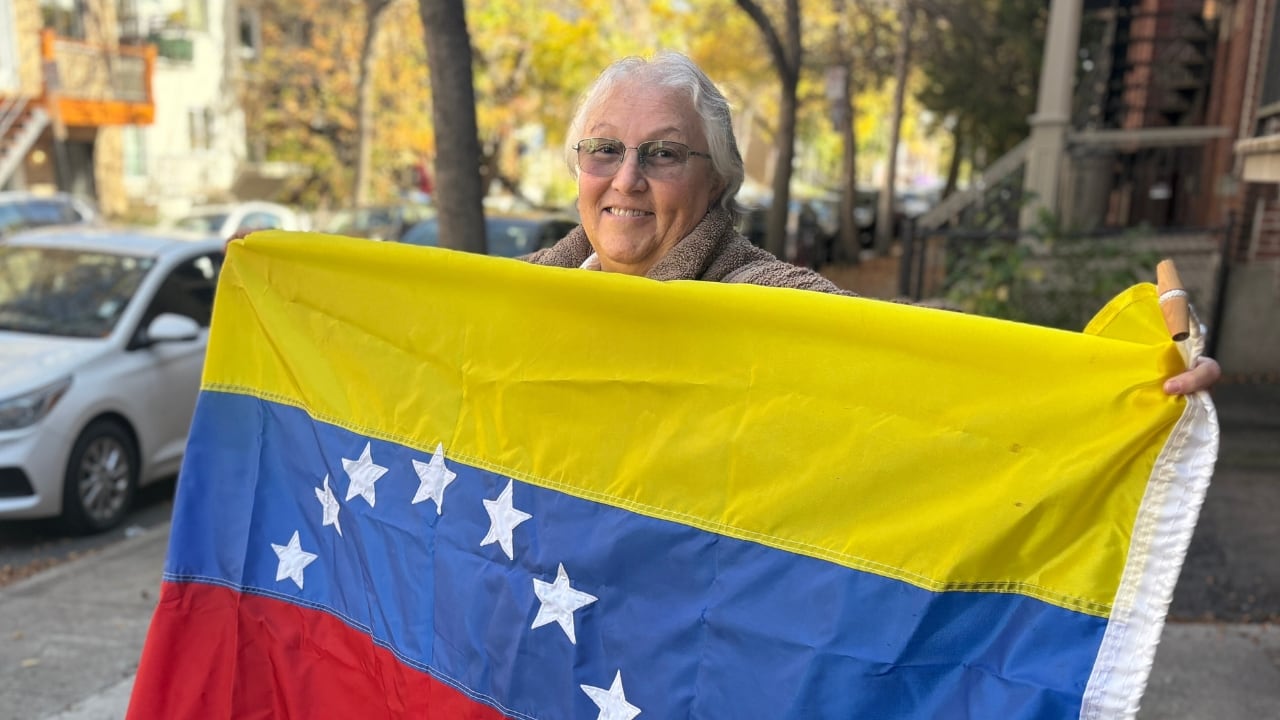Three of the biggest players in Prince Edward Island’s health-care system have agreed to begin a mediation process regarding how many patients family doctors can and should handle.
In a joint news release late Tuesday, the Medical Society of P.E.I., along with the Department of Health and Wellness and Health P.E.I. said they’ve been having “meaningful and constructive” conversations “over the past number of days” about a controversial side document to the latest Physician Services Agreement.
“While the mediation process unfolds, government, Health P.E.I. and [the society] will work together so Islanders will continue to gain access to primary care services — including those who are currently on the patient registry,” the joint statement from the group said.
“The proposed key performance indicators will be paused until resolved through mediation. All parties have also agreed to an interim patient affiliation plan. This ensures continuity of care and reinforces our shared commitment of improving access for all Islanders.”
Over the last six weeks, doctors represented by the medical society have been crying foul over Health P.E.I.’s new operational guide. That document includes key performance indicators, or KPIs, that set out a requirement that each family doctor see 24 patients a day, based on an average appointment being 15 minutes long.
The dispute between the P.E.I. Medical Society and Health P.E.I. has caught the attention of doctors across the country. The College of Family Physicians of Canada says doctors are talking, and are disheartened by what is happening in P.E.I. CBC’s Louise Martin talks to college president Dr. Carrie Bernard.
Health P.E.I. also wanted a full-time family physician to have 1,600 people on their roster, although CEO Melanie Fraser later insisted that was a maximum number, not a minimum as the society understood the phrasing.
Supported by the College of Family Physicians of Canada, the medical society even threatened legal action.
Among other things, they said they had been sidelined from discussions about the new benchmarks, the targets were unachievable without hurting patient care, and the 1,600-patient goal would drive family doctors from the Island just months after the three parties had celebrated signing a new Physician Services Agreement.
That agreement — basically, the doctors’ contract with the province — had boosted the pay of general practitioners and made family medicine a medical specialty. Dr. Krista Cassell, the president of the Medical Society of P.E.I., had called it “transformational” and “the best in the country.”
However, that agreement had left some issues to be negotiated later, including benchmarks for what success would look like.
“A key pillar of this agreement is the shared understanding and commitment that accountability must exist at every level of the health-care system,” Tuesday’s statement said. “All parties anticipate that successful mediation will lead to clarity around the development and implementation of KPIs and their associated benchmarks.”
Health P.E.I. CEO Melanie Fraser is overseeing some shifts in how people will get medical care on the Island. She says medical homes and neighbourhoods are becoming easier to set up, the number of steps involved in recruiting doctors has been slashed — and some changes are coming to how P.E.I.’s patient registry will work.
The stakes are high. The province’s patient registry, last updated on July 2, says 35,524 people on Prince Edward Island do not have a family doctor or nurse practitioner to manage their health care as a primary provider.
The provincial government is pinning its hopes on setting up a number of new medical homes and neighbourhoods — organizational structures that include doctors, nurse practitioners and other health practitioners to triage what kind of professional a person needs to see for a particular problem.
More people could be affiliated with such a medical home than an individual practice could handle.
Health P.E.I. has long said this would encourage doctors to settle in the province by supporting them and cutting down on burnout.
“All parties agree to put forward our collective best efforts to continue to help position P.E.I. as a nationally competitive and attractive place to practise medicine so we can continue to recruit new longitudinal family physicians to P.E.I.,” Tuesday’s statement said.
Family doctors on P.E.I. are worried about physician burnout and the quality of care they can provide. Health P.E.I. is proposing doctors should have at least 1,600 patients, and see 24 of them every day. Two family doctors, including Dr. Jeannette Verleun, weigh in about their fears and how they think the changes might impact Islanders. CBC’s Connor Lamont reports.
As recently as Monday, representatives from the Medical Society had been scheduled to appear at Wednesday morning meeting of the legislative standing committee on health and social development to talk about its concerns.
By mid-afternoon on Tuesday, that appearance had been cancelled, although Health P.E.I.’s Fraser is still set to talk to the same MLAs on Wednesday afternoon about “the key performance indicators feedback process, as well as strategic plans for retaining and recruiting doctors.”









